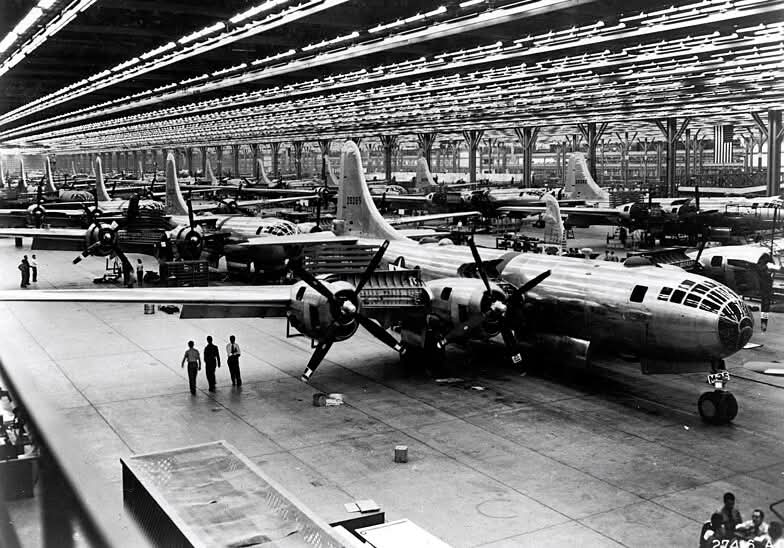
Japanese authorities surmised that the Allied nations were too preoccupied and/or morally weak to engage in a protracted war if dealt a chain of early defeats. Therefore, they sought to deliver a series of quick, decisive victories that would demoralize the Allied nations and compel them to sue for peace. Ideally, this peace would be advantageous to Japan and secure their acquisition of a regional empire.
Unfortunately for the Japanese, if the United States did not act in the way predicted, it was Japan that would find itself ensnared in an all-out protracted war that it was ill suited to wage. In fact, against the combined military and industrial power of the United States and British Empire, Japan had virtually no prospect of success in such a contest. Therefore, by gambling and opting for war, the Japanese ceased to be masters of their own destinies as success or failure entirely depended upon the reactions of their enemies. In this case, the United States responded to Japan’s aggression by embarking upon a total war that sealed Japan’s fate.
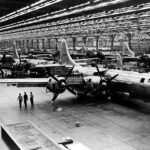
Similarly, by pursuing a flawed strategy of attaining decisive naval victories as a means to secure an early resolution to the war, the Japanese failed to adequately prepare for the prospects of a protracted contest. Once again, this strategy depended upon America’s acquiescence to Japanese designs. Even had the Japanese destroyed the entire American Pacific fleet in the opening months of the war, this would not have ensured a Japanese victory. If choosing to do so, the United States could have simply built a new Pacific fleet and eventually overwhelmed Japan with its superior strength. Arguably, there is little the Japanese could have done to prevent this outcome, but there are a number of things they should have done that would have at least made this process more difficult.
A prime example of this was their gross neglect in building adequate escorts and putting prudent measures in place to secure their maritime lines of communication. Another example was not having a robust infrastructure in place to train the large numbers of replacement pilots and aircrews that would invariably be needed in an extended war. By gambling for a short, decisive victory, Japan neglected many of these judicious measures.
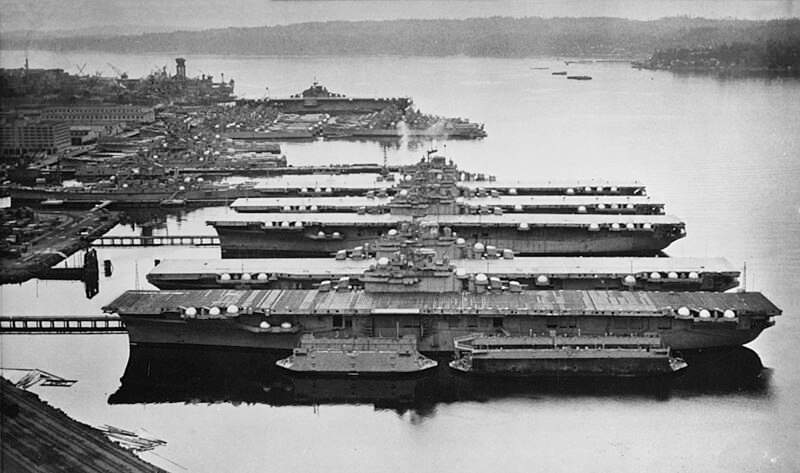
Finally, in another example of flawed strategic thinking, the Japanese hoped that the vast expanses of the Pacific Ocean would provide both a practical and psychological barrier to protect their newly acquired empire and dissuade the Americans from taking action against them. As events would quickly demonstrate, this belief was entirely misplaced.
The practical result of Japan’s flawed strategies and the second major component of its defeat was the severe materiel disparity it suffered compared to the Western Allies. During the course of the war, the Allies attained an immense materiel abundance that progressively overwhelmed Japan. From warships to aircraft and tanks to artillery pieces along with the vast amounts of ammunition, fuel and components needed to operate them, both the United States and Britain produced and deployed massive stockpiles of weapons that were well beyond Japan’s ability to emulate. Even though much of this production was used in Europe to confront Germany and Italy, the Allies still had an abundance of resources available for use against the Japanese. Beyond their vast numbers, the Allies also benefitted from a growing qualitative advantage as the war progressed. Not only did Allied technology increasingly outperform that of the Japanese, but as the Japanese struggled to keep up, the quality of their manufacturing declined. This was particularly true regarding aircraft production, which resulted in high rates of crashes due to engine failures and other technical issues during the latter half of the war. Key factors in these losses were shotty practices and materials used during the production process.
Nor was this materiel and qualitative abundance limited to the acquisition of major weapon systems and equipment. The Allies also produced large contingents of well-trained personnel in all branches of their respective armed services to carry out comprehensive and effective military operations against Japan. Similarly, logistics played an important part in this Allied onslaught as a critical factor was not only having the human and materiel resources available in the theatre but exercising the ability to effectively deploy and maintain those assets over vast areas and in a variety of conditions. As such, the Allies had to ensure that their deployed units had the food, fuel, ammunition, repair parts, medical supplies and all other implements of modern warfare necessary to succeed. In general, the Allies were able to maintain an effective logistical network that kept their units and operations adequately, and often lavishly, supplied. The same cannot be said for the Japanese, who even under ideal conditions, generally operated with far less materiel abundance than their Allied counterparts.
Given these factors, the Japanese increasingly found themselves unable to compete with the growing materiel surge progressively overwhelming them. A prime example of this centred on the air war. In January 1943 the United States and Japan had relative parity regarding frontline aircraft available in the Pacific contest with the former possessing 3,537 to the latter’s 3,200. However, by January 1945 American air strength had grown to 17,976 aircraft compared to just 4,600 for the Japanese, an almost four to one advantage, and by July 1945 this imbalance increased to 21,908 aircraft for the United States compared to 4,100 for Japan, a better than five to one ratio. If British and Commonwealth aircraft were included, this disparity was even greater. Likewise, of the aircraft available to the Japanese towards the end of the war, a high percentage were unserviceable due to maintenance issues, and all were severely restricted due to chronic fuel shortages. Finally, the vast bulk of Japanese pilots by this time were insufficiently trained compared to their Allied counterparts thus further reducing the combat effectiveness of this outnumbered force. When all of these factors were combined, the strength disparity between the two sides increased exponentially.
Pictured here is a postwar view of six American aircraft carriers that were all completed during the war. The aircraft carriers in question from front to back are Essex, Ticonderoga, Yorktown, Lexington, Bunker Hill and Bon Homme Richard. USN, Public Domain. Also pictured is an American Boeing B-29 Assembly Line. United States Army Air Forces, Public Domain. For more information on this and other related topics, see Forgotten War, the British Empire and Commonwealth’s Epic Struggle Against Imperial Japan, 1941-1945.
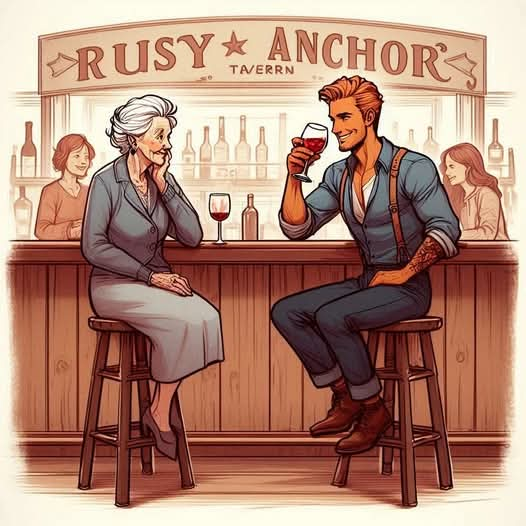





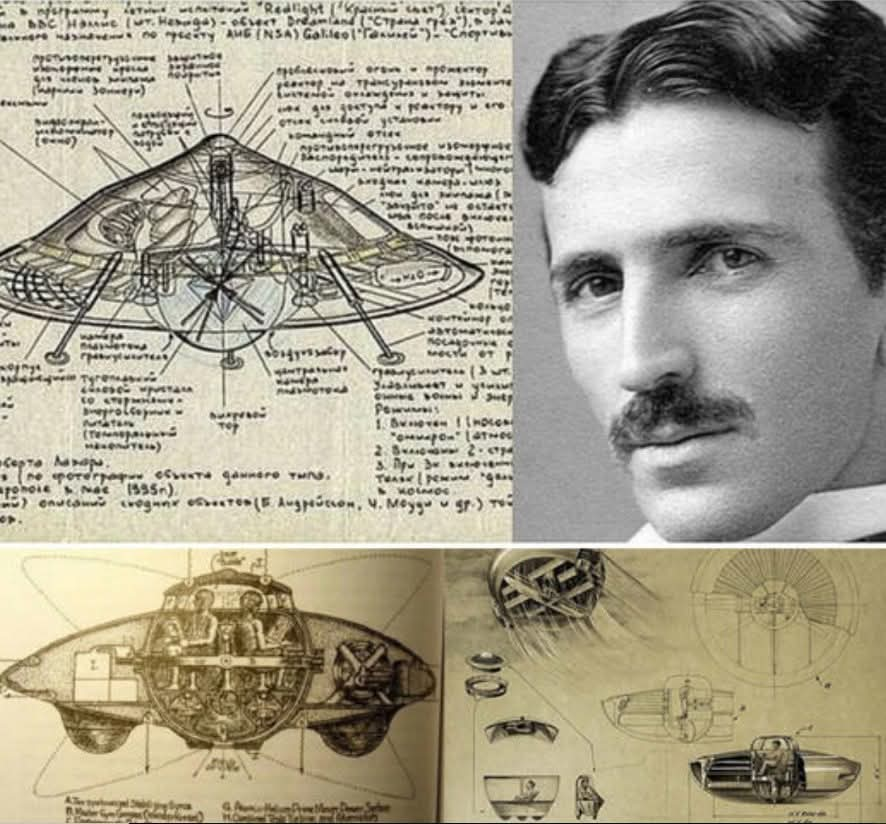
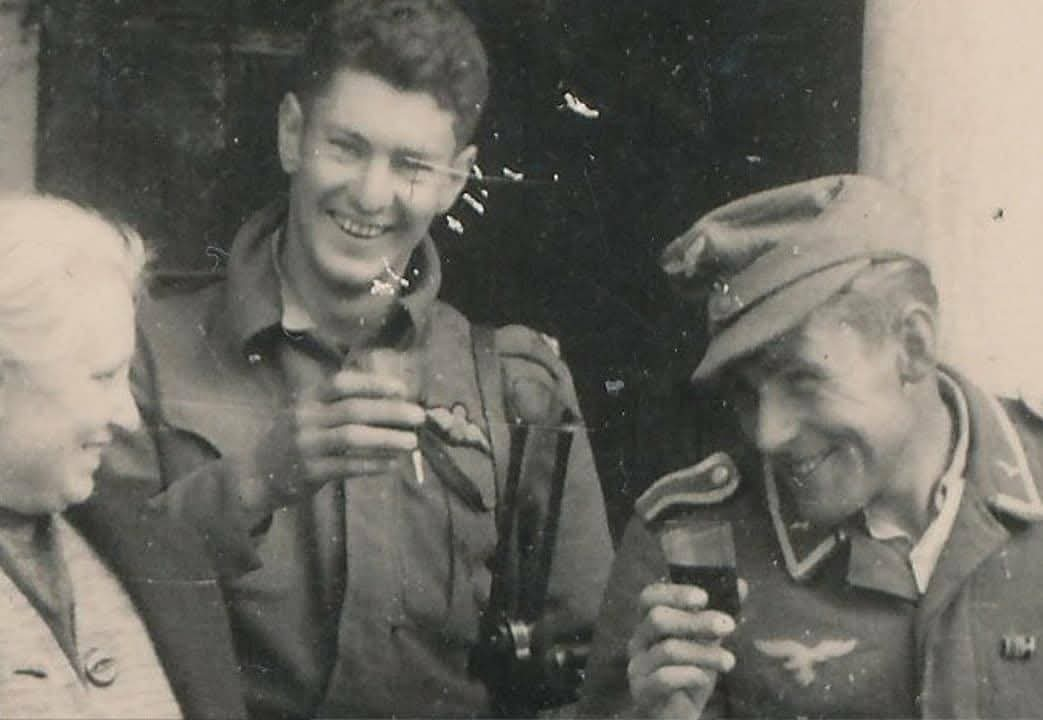
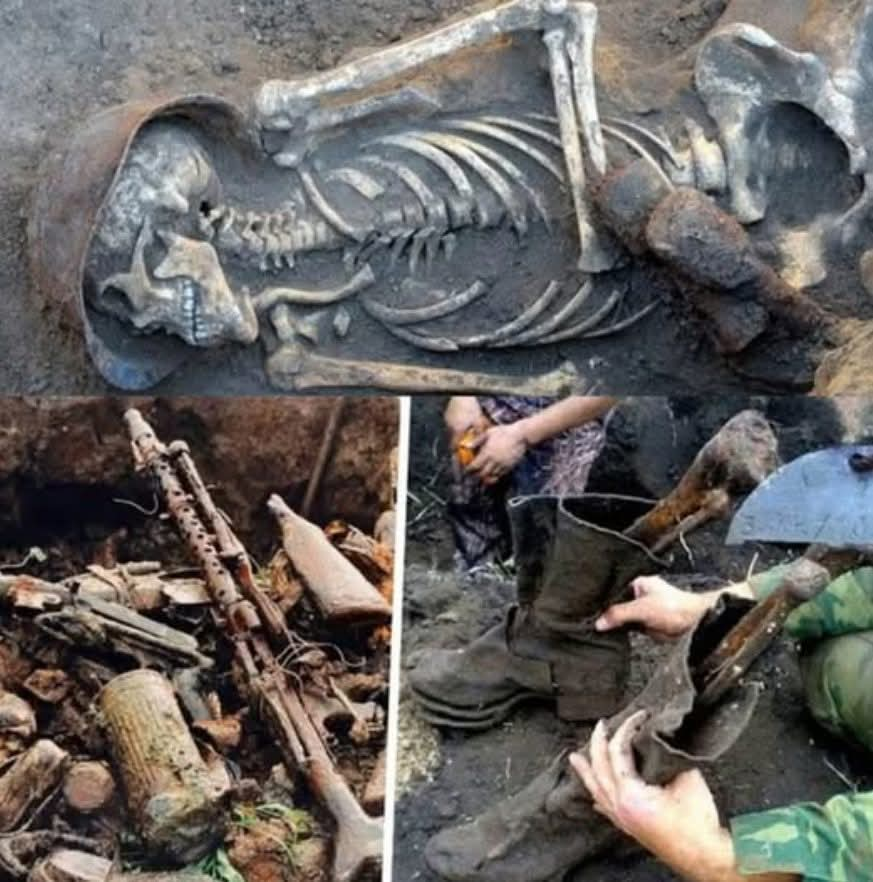
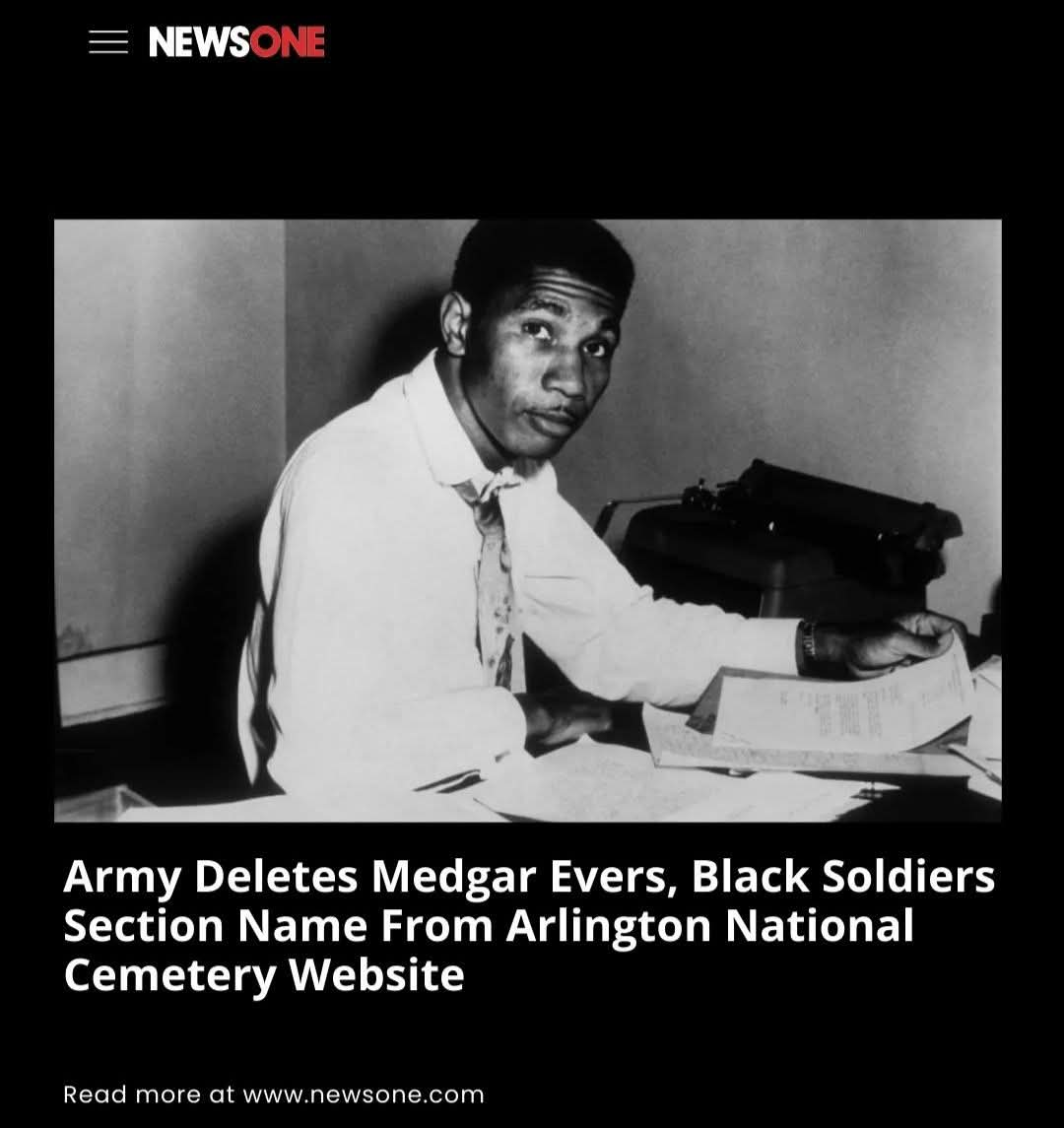
Leave a Reply